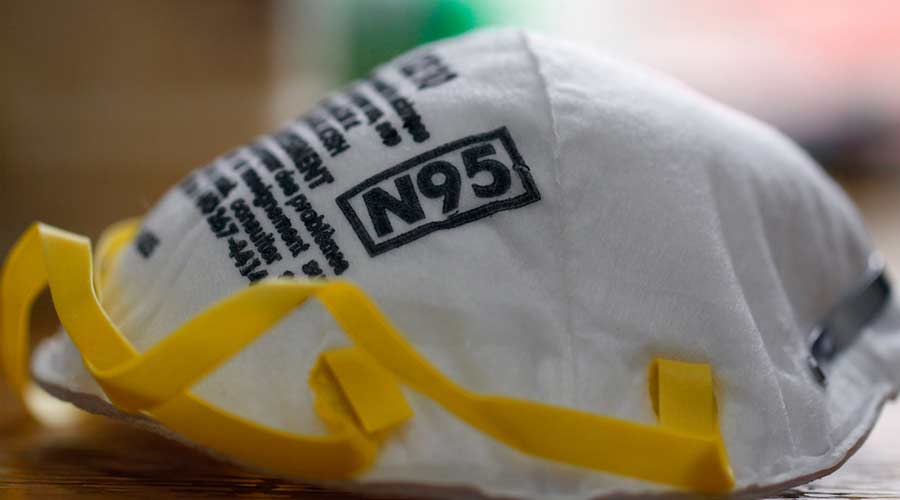
While the use of N95 masks in recent times has centered around the prevention of COVID-19 spread, the recent wildfire crisis has brought the importance of personal protective equipment (PPE) back to the forefront. In order to keep frontline workers and occupant sin facilities alike, routine reminders on best practices are paramount.
To help do so, Honeywell shared tips for effective N95 mask usage to help communities stay healthy in the face of current wildfires and upcoming flu season.
Contributed by Honeywell
“While N95 masks may have risen in popularity amid COVID-19 surges, their protective qualities extend beyond the pandemic in helping shield individuals and communities from airborne pollutants, infectious particles and occupational risks,” said Michael Garceau, president of Honeywell Personal Protective Equipment. “By prioritizing mask quality, fit and proper use, workers and everyday citizens can feel confident in their protection against respiratory hazards.”
Record-breaking temperatures and wildfires have swept through North America this summer, posing significant health risks. Smoke and harmful particles released into the air from wildfires can travel long distances, impacting large numbers of people. Inhaling particle pollution can irritate the respiratory system and cause coughing, wheezing, shortness of breath and chest tightness. It can also trigger or exacerbate conditions like asthma, bronchitis and pneumonia. Vulnerable populations like children and the elderly are at elevated risk from wildfire smoke.
As summer turns to fall, different airborne risks arise with cold and flu season. During the 2021-2022 season, the CDC estimated that influenza was associated with 9 million illnesses, 4 million medical visits, 10,000 hospitalizations and 5,000 deaths. As a trusted leader in personal protective equipment (PPE), Honeywell shares several insights to help individuals use masks effectively and lower their risk of negative effects from respiratory hazards, whether from wildfire smoke or seasonal viruses:
Tip #1: Use a high-quality mask:
N95 masks are engineered with advanced filtration technology to capture airborne particles, including smoke, certain viruses and other pollutants. N95s are meant to be used once and then discarded. It’s important to note that not all masks labeled as “N95” meet the required standards. When purchasing these masks, it’s essential to buy from reputable sources and look for masks that are certified by regulatory bodies.
Tip #2: Consider indoor or outdoor environment:
During cold and flu season, indoor settings like hospitals, shelters, nursing homes, schools and daycares often experience higher rates of illness. Wearing a mask may be appropriate to help protect individuals and the larger community in these types of settings. It’s important to wear masks while outdoors as well in communities affected by wildfire smoke to help minimize particle inhalation. Individuals with pre-existing respiratory conditions are particularly susceptible to experiencing more severe symptoms from wildfire smoke.
Tip #3: Ensure the mask fits properly:
When properly fitted, N95 masks have can filter up to 95 percent of many types of particles in the air. The form-fitting design of an N95 mask allows the air to be filtered through. Test the seal of the mask by covering the mask with one's hands and inhaling to check for any air leakage. Regularly inspect the mask for any signs of damage.
“We recognize the significant role high-quality N95 masks and other PPE can play in contributing to healthier living and working environments for all. We are proud to do our part in helping keep communities safe,” says George Koutsaftes, President and CEO of Honeywell Safety and Productivity Solutions.

 Celebrating BSCAI's 60th Anniversary eBook
Celebrating BSCAI's 60th Anniversary eBook The Down and Dirty on Cleaning in Virus Season
The Down and Dirty on Cleaning in Virus Season How Surfactant Use is Expanding in Commercial Cleaning
How Surfactant Use is Expanding in Commercial Cleaning